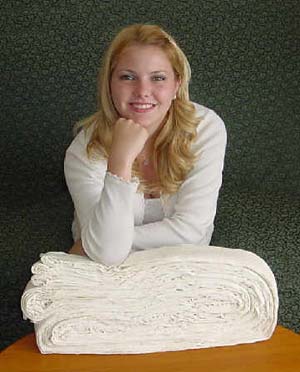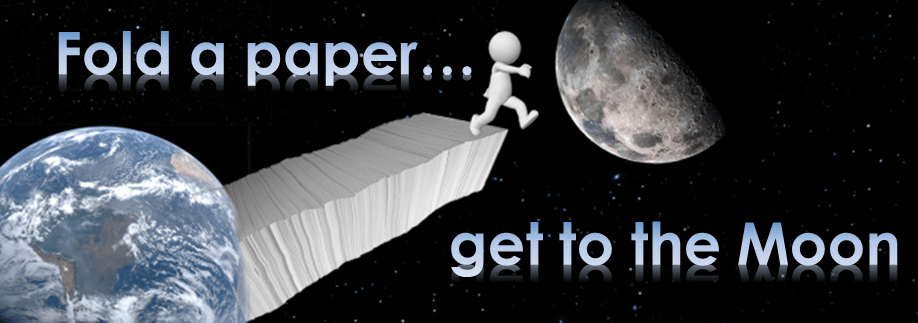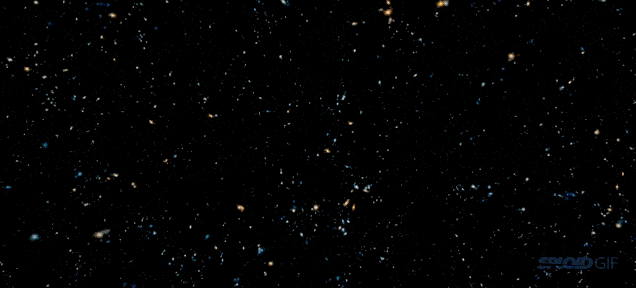There is a myth that you cannot fold a piece of paper in half more than eight times. Check it yourself and you’ll see. In fact, the current record belongs to Britney Gallivan who managed to fold paper 12 times (actually, it was toilet paper, so that’s her secret of success). How does this happen that we cannot fold a sheet of paper more times? Anyway, we’ve decided to deal with this controversial question and made some interesting calculations.
Here is Britney herself (with… no, that’s not a towel or something, that’s exactly a toilet paper) folded 12 times. She looks proud of her achievement, but let’s take a look what would happen if Britney folded her paper more than 12 times.
If you have a large piece of paper and enough power to fold it, you can halve it many times. But oops, there is a problem: if you fold the paper 103 times, the thickness of this ream of paper will exceed the known size of a universe, which is 93 billion light-years.
Seriously, how can a paper of 1/10 millimeter thickness become bigger than the universe? The exponential growth is to be blamed. The equation for this phenomenon can be written as follows:
W=\pi t 2^{\frac{3}{2} (n-1)}
where W is the width of a square sheet, t is the sheet thickness and n is the number of double-ups. The medium paper thickness is 1/10 of a millimeter. If you perfectly fold it in half, its thickness will double.
However, the next step gets really intriguing because the third folding will give you the width of a human fingernail. Now, let’s see what the further folding will lead to:
- Paper folded 7 times will provide you a thick notebook of 128 pages.
- Fold it 10 times and the thickness will be over the palm width.
- At the 23rd folding, you will get the paper stack of a kilometer height.
- The 30 folding can lead you to the space. At that moment, your paper will have a height of 100 kilometers.
- Continue folding. 42 times will bring you to the Moon.
- Eventually, when you fold paper 51 times, you will find its end on the Sun.
Now, let us consider the distance in light years. Scroll quickly to the 81st fold and get a paper heap as thick as 127,786 light years. Besides, it is almost equal to the Andromeda Galaxy diameter (which is about 141,000 light-years).
90th folding gives 130.8 million light-years, which is more than a Virgo supercluster with a diameter of about 110 million years. Virgo supercluster contains a local galactic group, including the Andromeda galaxy, our own Milky Way, and about a hundred other galaxies.
Finally, at 103 folding you go beyond the observable universe with the diameter of 93 billion light years, according to rough estimates. Mathematics is amazing, isn’t it (at least, know you know how not to get bored in the WC)? You can also bet your friends 10 dollars they wouldn’t fold a paper more than 8 times, but you would. Watch here, how to do it even a bit more than 12 times




